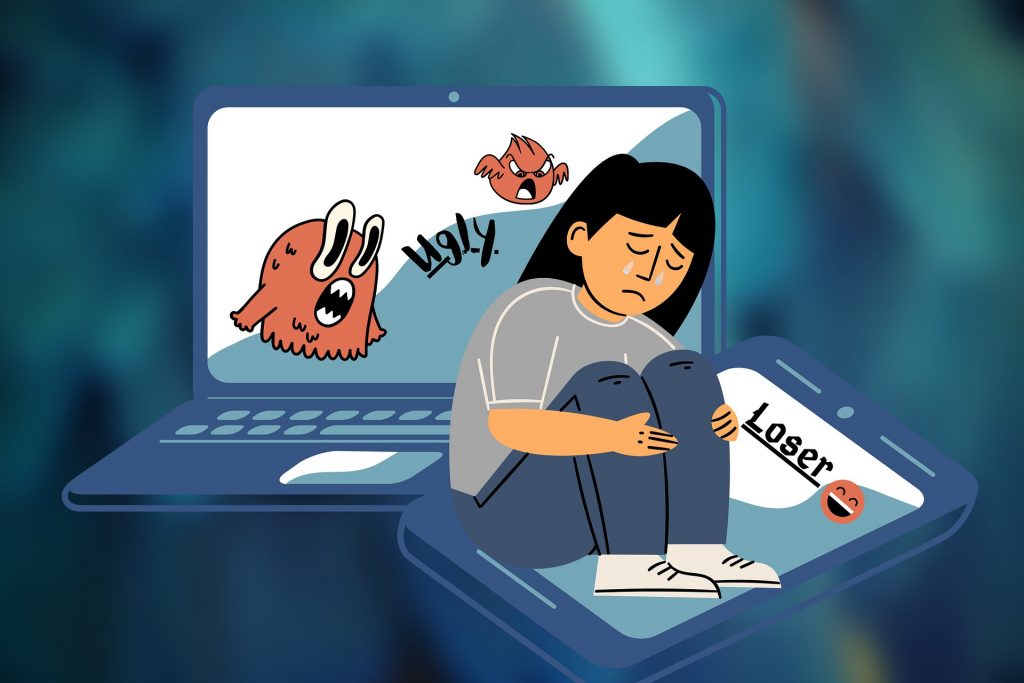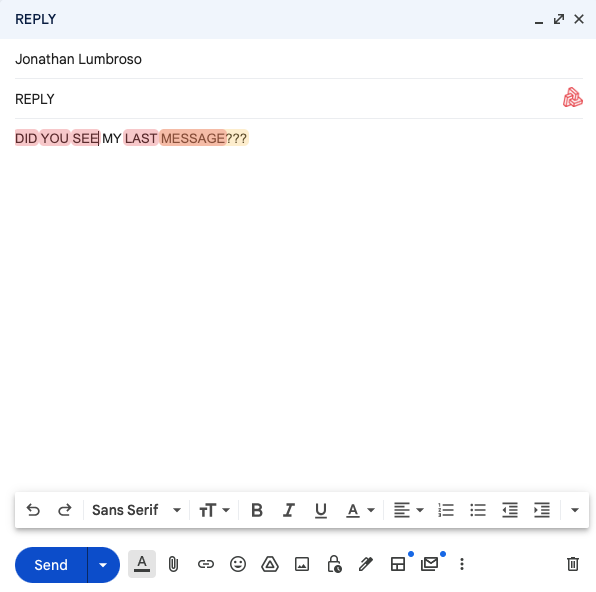What is “flaming”?
22 May 2023 | 5 mins read
- Employee resources
- Student resources
Let’s dive into a significant topic you must know about: Flaming.
Have you ever witnessed a barrage of aggressive, offensive messages in an online space? That’s called ‘flaming.’

But, why should we care?
Because we, at Konsistent, believe in a world free from online hostility. It’s essential to comprehend the severity of such actions to promote a more inclusive, safe, and respectful digital landscape.
The History and Evolution of Flaming
Remember the days of dial-up internet and chat rooms? That’s where our journey begins. The term ‘flaming’ originated in these bustling internet forums, a wild west of the early digital age, where intense and often hostile discussions flourished.
But, as technology progressed, so did flaming. It jumped from the old-school chat rooms and bulletin boards to modern-day social media platforms, adapting and evolving in these new habitats.
And do you recall the days of Internet Relay Chat? This text-based chat system was an early breeding ground for flaming, becoming a stepping-stone in its evolutionary journey. But as they say, “Knowing your past is understanding your present.” Therefore, understanding the history of flaming allows us to better tackle its present form.
Learn the best methods for protecting yourself against online bullying in our 20-page eBook. We'll give you a list of prevention tips, how to secure your communication online to prevent becoming a victim of online harassment, and give our best solutions and resources if you are a victim of online bullying.
The Platforms: Where Does Flaming Occur?
Our next stop is the venues of flaming. Just like a physical location can set the tone for a conversation, the digital platform used often influences the nature of online interactions.
Imagine social media sites and internet forums as the town squares of the digital world: these are the hubs where flaming frequently occurs.

But what’s fueling this? Much of it boils down to the anonymous nature of the internet. Anonymity can embolden users to behave aggressively without fear of real-life consequences, providing an environment conducive to flaming.
And this doesn’t spare anyone. From interactive video games and Facebook to various online communities, flaming is widespread.
You might have heard of ‘flame wars’ – an intense exchange of hostile messages in an online forum or on social media accounts. Just another example of how pervasive flaming is in our digital lives.
Related read: Maintaining effective communication in the digital age
The Agents: Who are Involved in Flaming?
We often ask, who does this? Who are the culprits behind flaming? Well, it can be anyone. From the new user who’s just dipping their toes into the digital world, to regular network users who’ve been in the game for a while.
But here’s an interesting bit: Flaming isn’t always a solo act. Group dynamics often come into play, where a group of people can fan the flames.
Our digital villains, the internet trolls and cyberbullies, play a crucial role in flaming, using it as a weapon to attack and harass others. But let’s not forget about the victims of cyberbullying, the people who are on the receiving end of this damaging behavior. They bear the brunt of flaming and its harmful effects.
The Method: How Does Flaming Happen?
Flaming can occur in various ways. It often involves the use of personal insults and offensive messages aimed to hurt or provoke. In some instances, it even escalates to the misuse of personal and sensitive information.
Remember how you were taught not to share your cell phone number with strangers? That’s because your private information can be weaponized in flaming incidents.
A typical flaming scenario involves intense arguments, personal attacks, and offensive messages. Let’s look at a case study to illustrate this. Imagine a user who shares a threatening message on an online forum, causing an uproar, turning the community into a battlefield.
A trivial fact you might find interesting: capital letters are often used as a form of aggressive behavior in flaming!
In the realm of online communication, CAPS LOCK often conveys intensity. When someone TYPES IN ALL CAPS, it’s akin to them raising their voice or shouting in a physical conversation.
Now, let’s consider an example. Imagine you’re on an online forum, and you see a message: “YOU HAVE NO IDEA WHAT YOU’RE TALKING ABOUT.” The use of all capital letters immediately makes the message feel aggressive, doesn’t it?
But there’s good news! We at Konsistent have designed our AI language detection app to combat this exact issue. The app has been trained to detect phrases written in all capital letters, which are often used in flaming incidents.

By flagging these messages, the app can help to prevent this type of online aggression, creating safer and more respectful digital spaces for everyone.
Remember, a considerate and respectful tone goes a long way in maintaining healthy online conversations. With Konsistent, we’re here to ensure that all voices are heard, and none are drowned out by unnecessary noise.
Related read: Email harassment: What is it and what is the law?
The Impact: Effects of Flaming
The effects of flaming are severe and far-reaching. Beyond the screens of our electronic devices, flaming has tangible psychological effects and can negatively affect mental health. It can lead to social exclusion in both the online world and real life, causing considerable distress and a sense of isolation.
In workplaces, flaming can contribute to organizational conflict and affect the overall culture. Let’s take a high school as an example. A series of cyberbullying incidents can disrupt the learning environment, requiring immediate action from school administrators.
But, it doesn’t stop there. Some cases are so serious that they demand the attention of law enforcement. Clearly, flaming is no trivial matter.
Flaming and Technology
Finally, let’s turn our focus to the intersection of flaming and technology. The tools we use to communicate, be it computers, cell phones, or any other electronic devices, have a profound impact on how we interact.
Our words can reach across the globe in an instant, and so can our hostilities. It’s like a double-edged sword. Digital technology and these devices have brought us closer, but they’ve also provided a platform for flaming.
Think about the number of text messages or instant messages you send in a day. Now consider how easy it is for a hostile message to slip into that mix and reach someone’s cell phone or mobile device. Flaming isn’t restricted to public forums and social media platforms. It has permeated our most private communication channels.
Digital technology has certainly made our lives easier, but it’s crucial to use it responsibly. After all, at the end of the day, it’s not just about what we say, but how and where we say it. And that’s the crux of the issue with flaming.
So let’s pledge to use these powerful tools for good, to build connections, not burn bridges. Together, we can make the digital world a friendlier place!
Final thoughts
In this digital era, the topic of ‘flaming’ has taken center stage. From chat rooms to social media platforms, this form of online hostility is a grave concern that impacts people of all ages, cultures, and walks of life.
It’s not just an internet issue but a societal one that needs our collective attention and action. With the evolution of technology, we need to evolve our approach to online communication as well.
That’s where Konsistent steps in, providing an AI-powered tool to detect and curb such harmful online behavior. But it’s not just about having the right tools. It’s about you, me, and everyone using them. Together, we can create a more inclusive, safer, and respectful digital world.
Are you ready to be part of the solution? Be a part of the Konsistent community, and let’s build a better online world together. Download the Konsistent app today, and take the first step towards making your digital communications more respectful and inclusive.







